Buddy Lee Does It Again: New Encore Azalea
Compact, Colorful, and Now Award-Winning: Encore® Azalea Autumn Kiss® Receives Cultivate’25 Retailer’s Choice Award
Jane Beggs-Joles Talks Us Through the Why, What &
How When it Comes to Developing New Plant Varieties
Q: Why are so many plant cultivars being introduced to the market? What is the goal of plant breeding/introducing new plants?
A: Cultivars are introduced because someone sees a need for them. They are sometimes the result of a particular goal, such as better disease resistance or a more compact habit. Sometimes they are happy accidents; someone with a good eye spots a seedling or branch sport that is noticeably different from existing varieties.
Before a plant breeder begins a project, the first step is to research and evaluate existing cultivars. If there is already a selection that meets the breeding goal, then it isn’t a good project. But if there’s room for improvement, a plant breeder will get to work.
The most common reasons that we work on developing a new variety are more compact size, disease resistance and bloom time. People want more color in less space, and everyone wants low-maintenance plants. A plant that stays small and flowers all season without needing any spraying is always in high demand.
We’re also seeing a lot of interest in new genera and species, especially those native to North America. We’re just scratching the surface of what is possible with native species. I’m optimistic that there will be many new selections that have the great qualities of our native species but fit better into residential yards.
Q: Can you tell us about the ‘best’ ones that you have developed for our southern publication (13 states in the southeast)?
A: We’re very excited about the Perfecto Mundo® azalea varieties. These come out of the North Carolina State University breeding program of Dr. Tom Ranney. The expanded bloom time and floriferous nature of these varieties is just outstanding. Some varieties have resistance to lacebugs, and that’s pretty desirable, too.
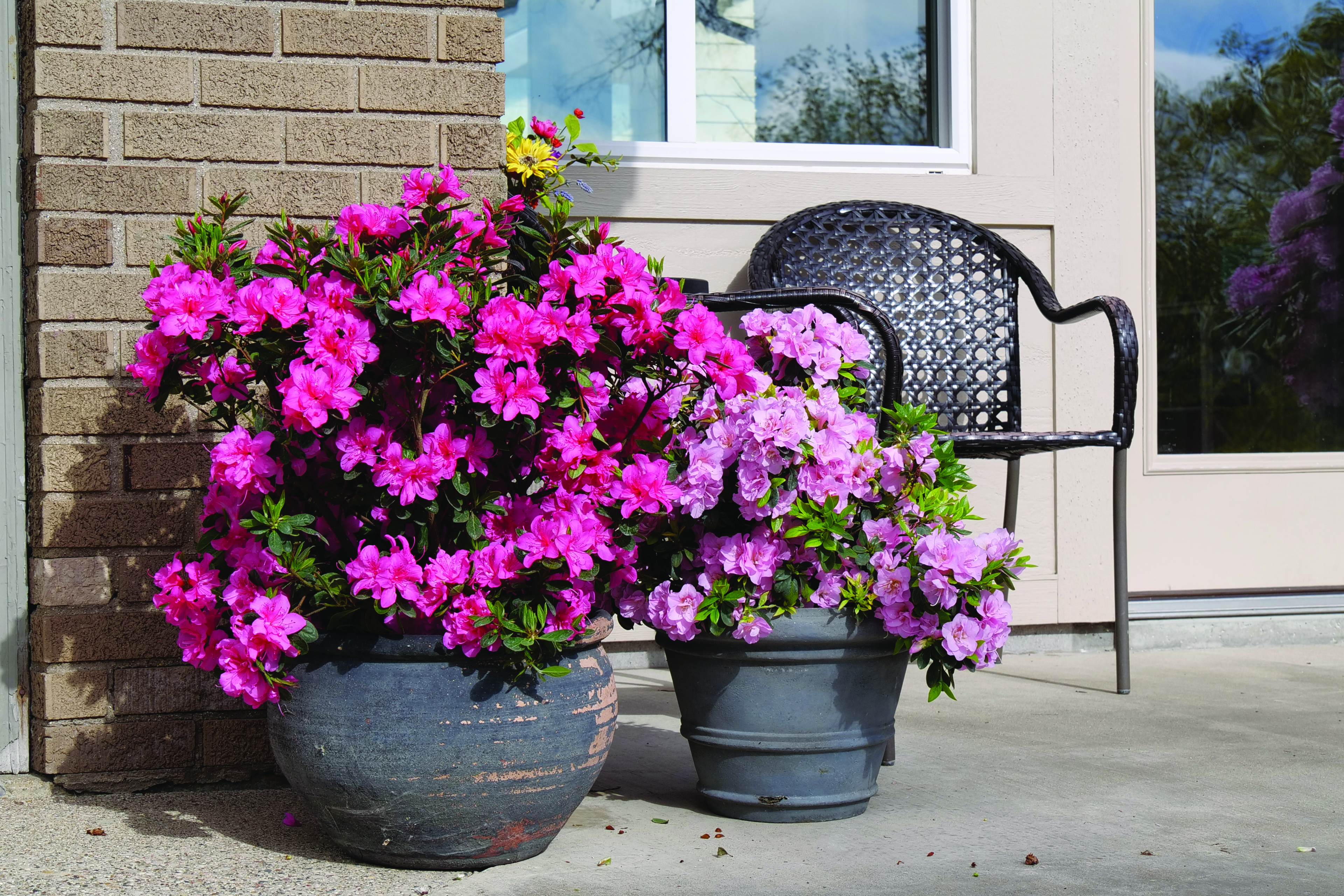
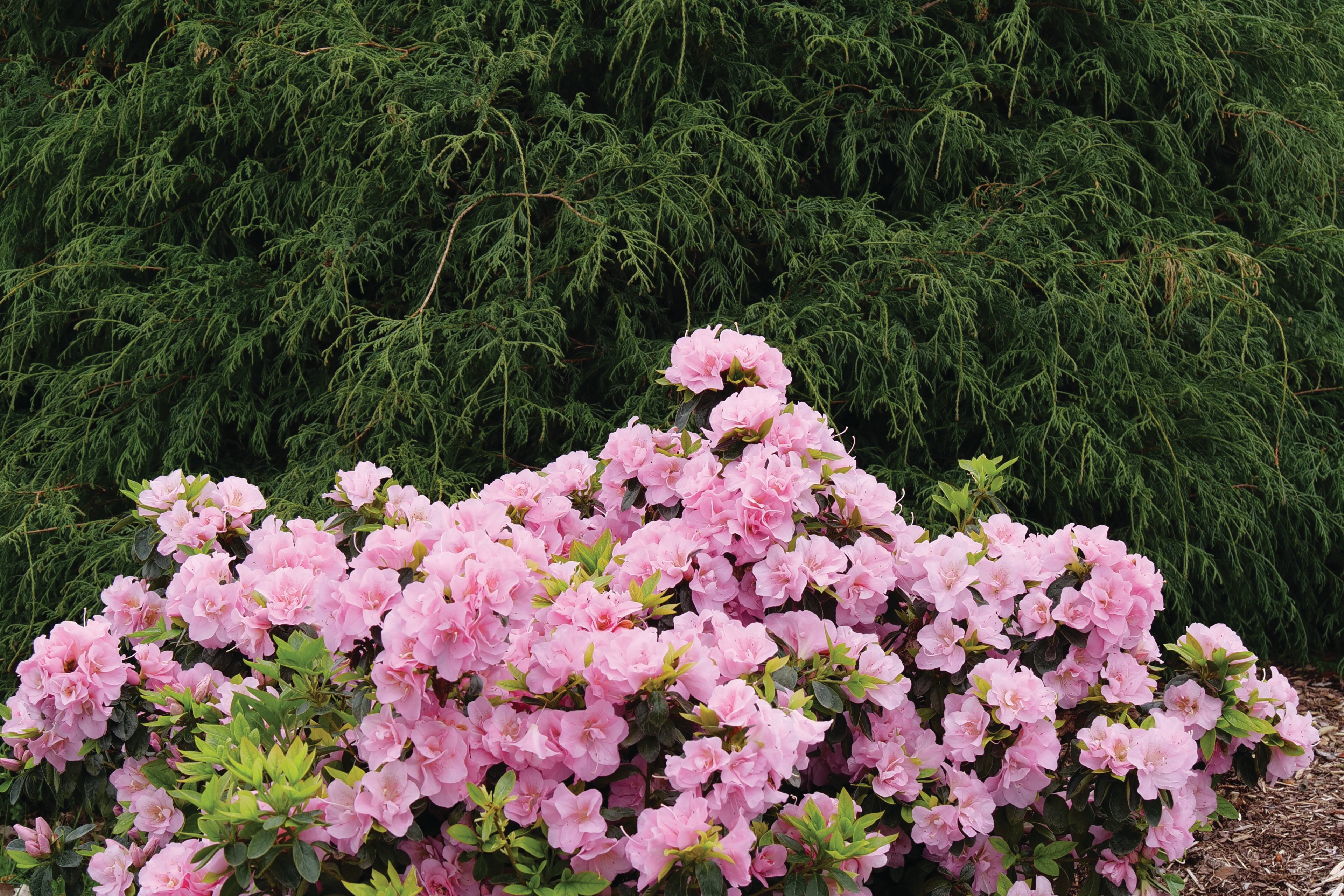
(Left) Rhododendron Perfecto Mundo® Double Dark Pink; (Right) Rhododendron Perfecto Mundo® Double Pink
Q: Can you tell us about the ‘best’ ones that you have developed for our western publication (11 states in the west)?
A: With the concerns over water availability west of the Mississippi, I really like the three varieties that have garnered a blue ribbon from the University of California’s Irrigation Trials. Pugster® Blue Buddleia, Juke Box® xPyracomeles and Sunny Boulevard® Hypericum have all been proven to perform very well without supplemental irrigation. And they look great, too!
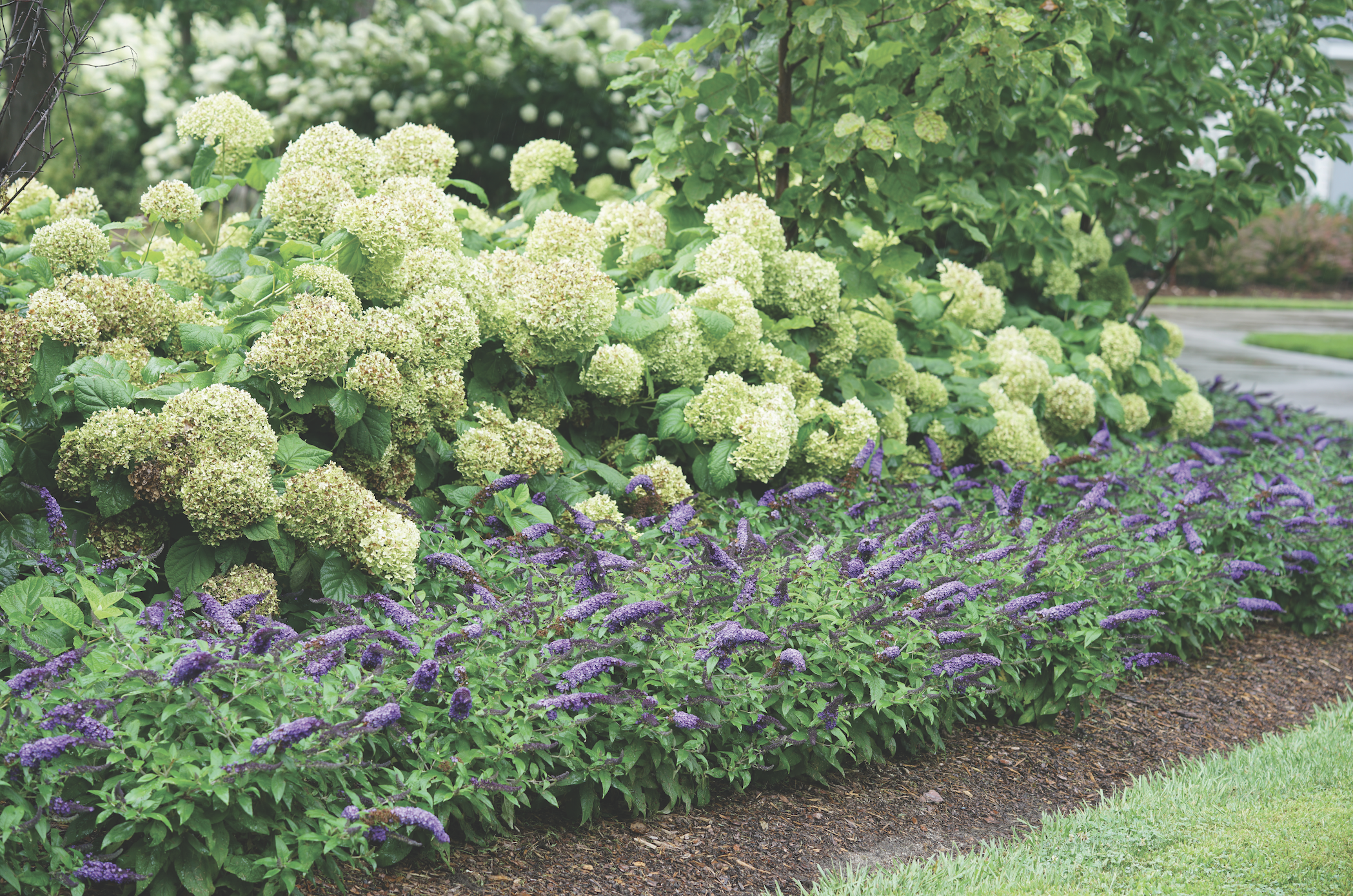
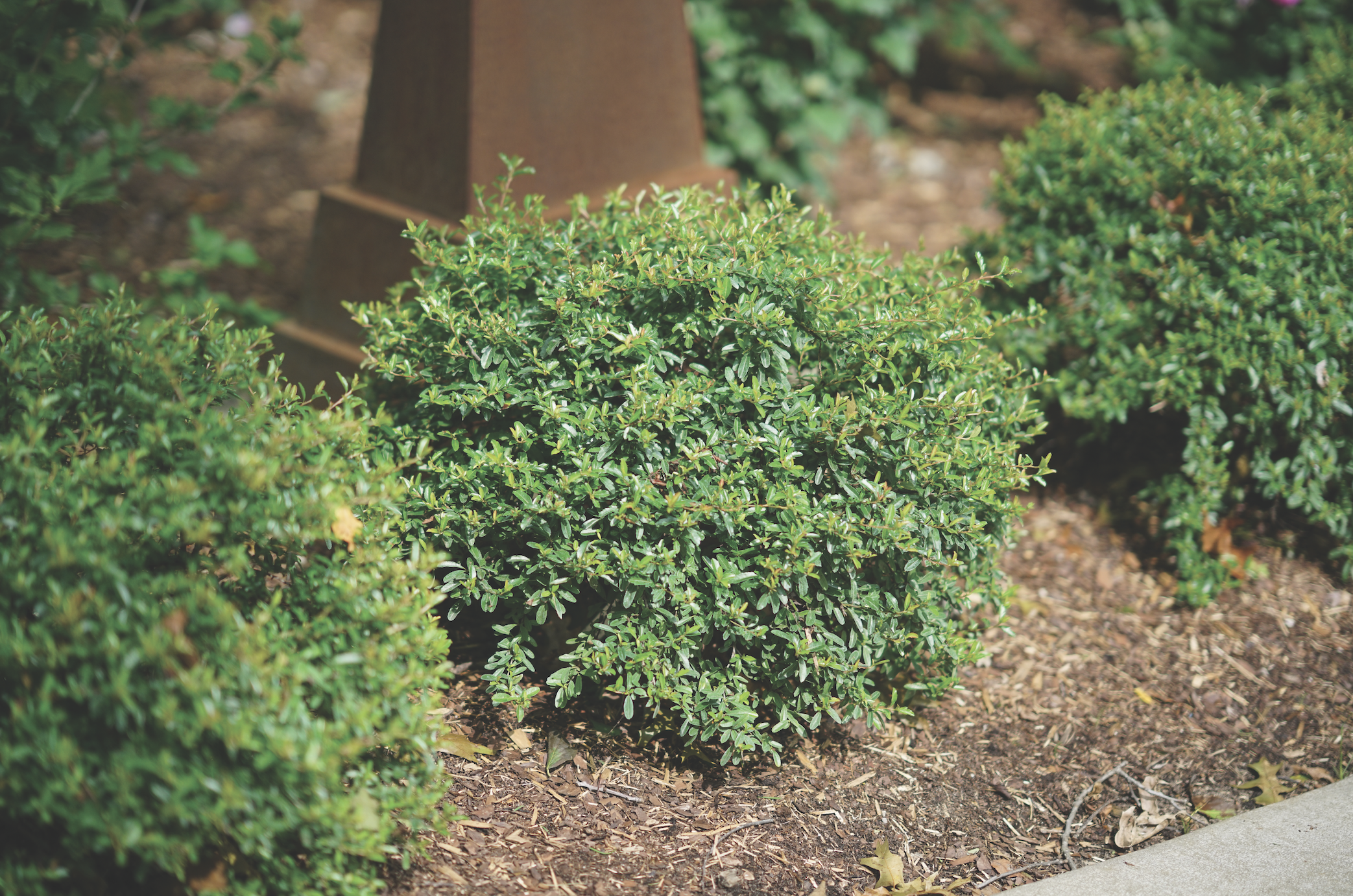
(Left) Buddleia Pugster Blue®; (Right) Pyracomeles Juke Box®
Q: How long before a new plant can be used in a design and can be sourced easily by landscape professionals to install?
A: It’s going to depend on the plant, of course, but from the time we introduce a plant to it being readily available for landscapers, I’d plan on about three to four years. Most plants will take one or two seasons to grow to landscape size, and it may take our growers some time to get the quantities needed for a plant to be easily sourced.
"The best thing a landscaper can do
to be sure they have the plants they want is to talk to their nursery growers. There’s only so much a grower can grow on a spec."
If you regularly use large numbers of a particular plant, or anticipate needing something for a big job, let your supplier know as soon as possible. They are making decisions now that will determine what you have available in 2024 and 2025 and beyond.
Q: Do you have stats on how many new plants you introduce to the market each year? Or a range?
A: Usually 10-20.
New Perfecto Mundo® Azalea Varieties for the Southeast Region
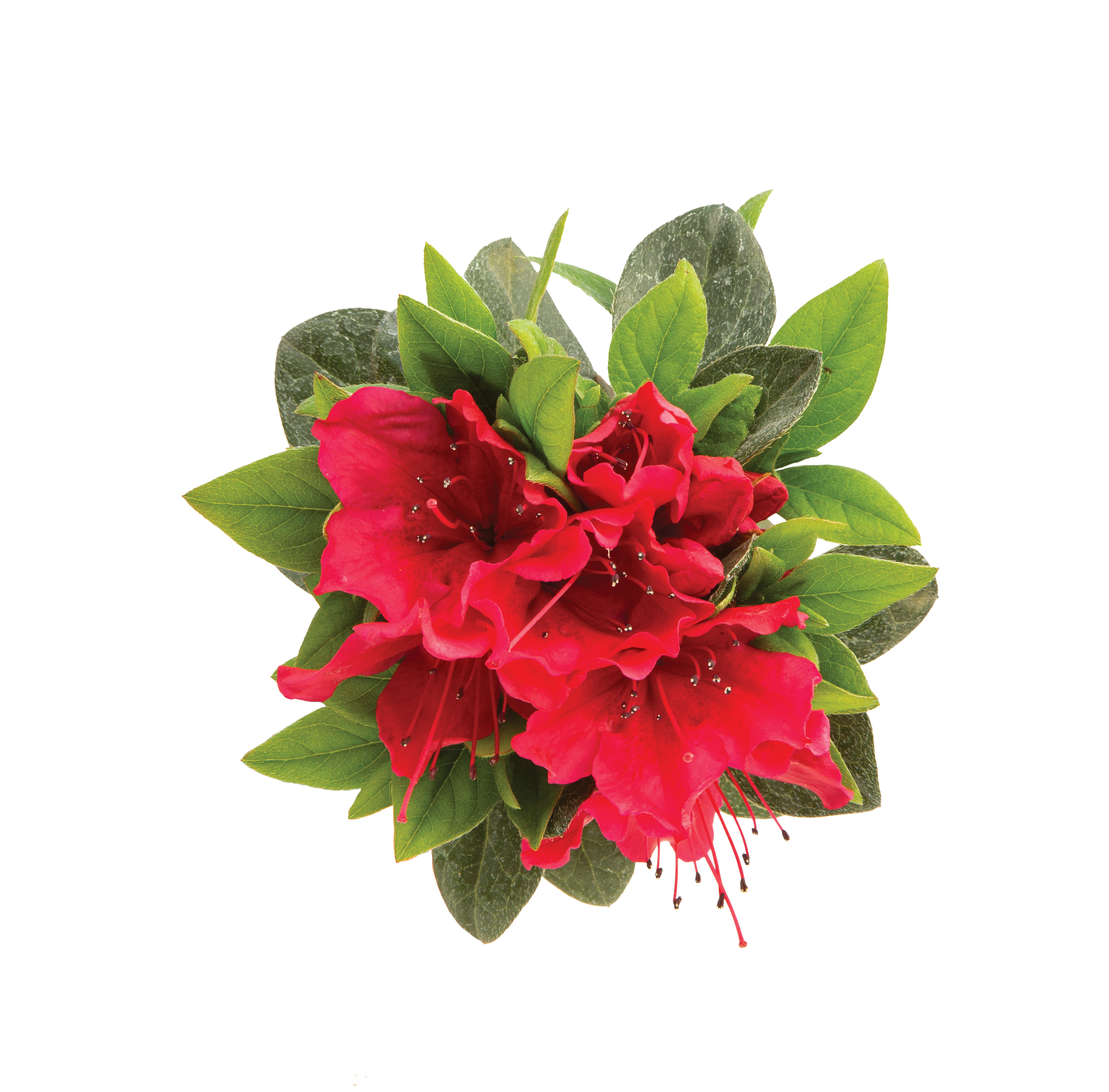
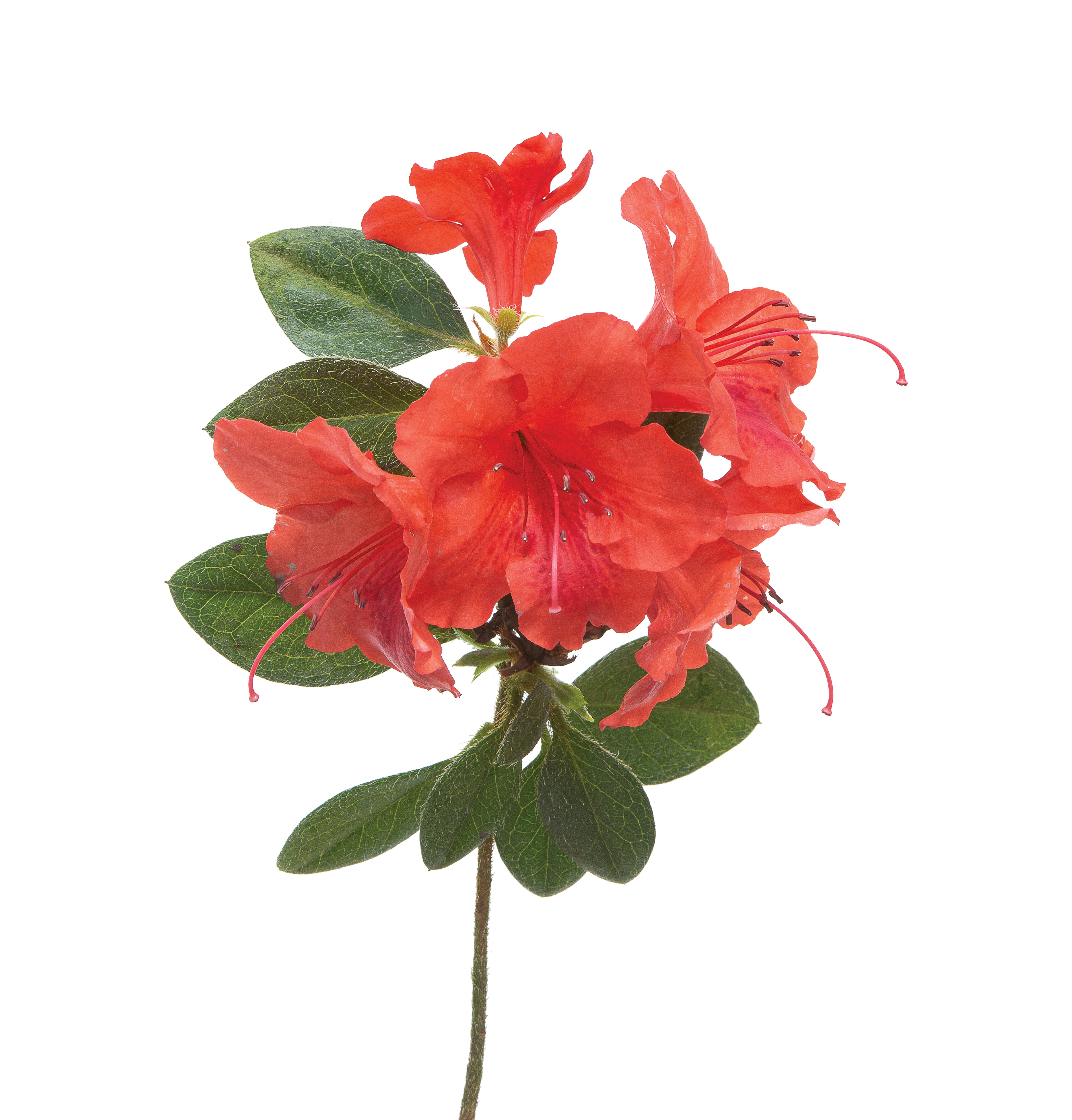
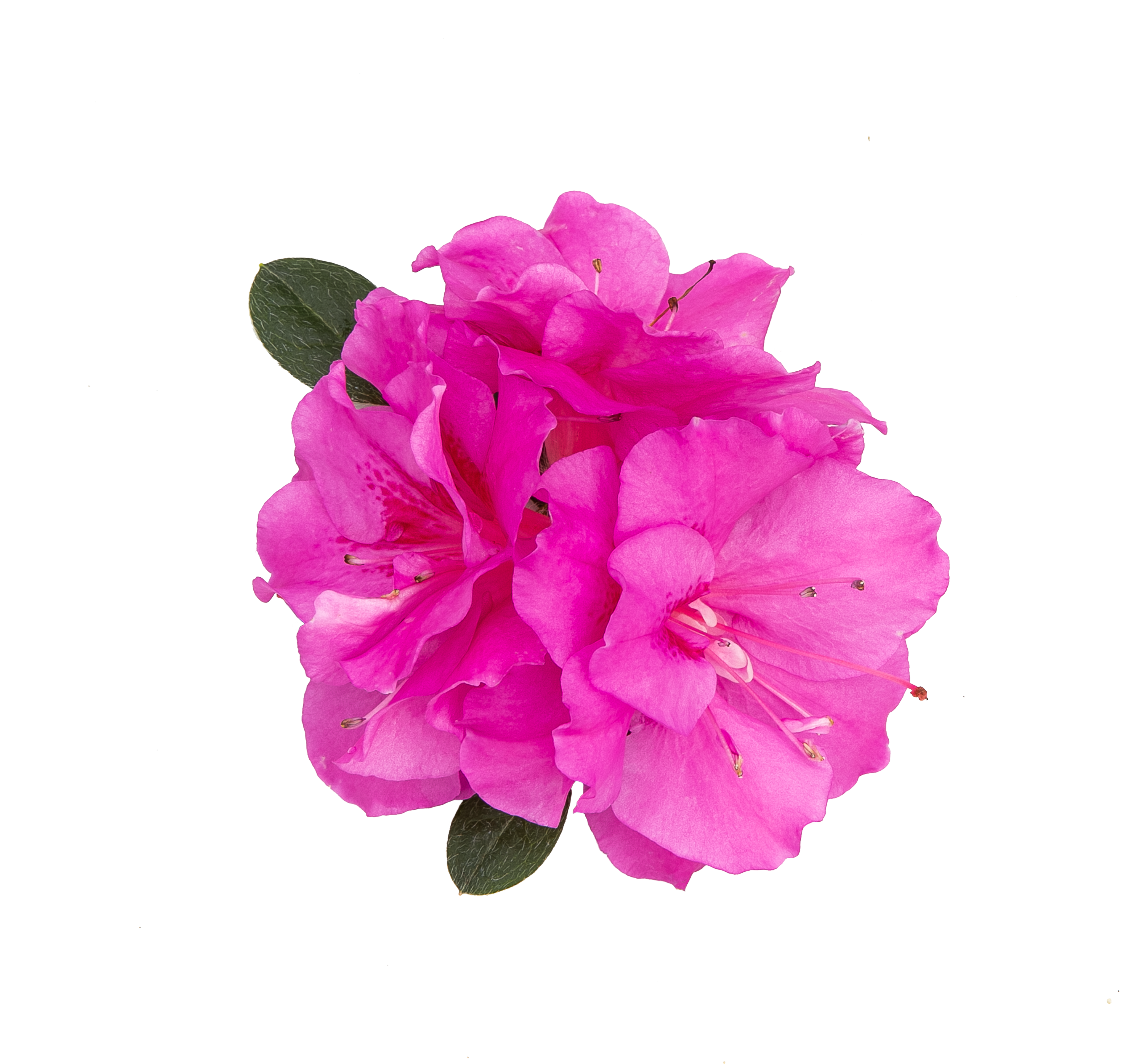
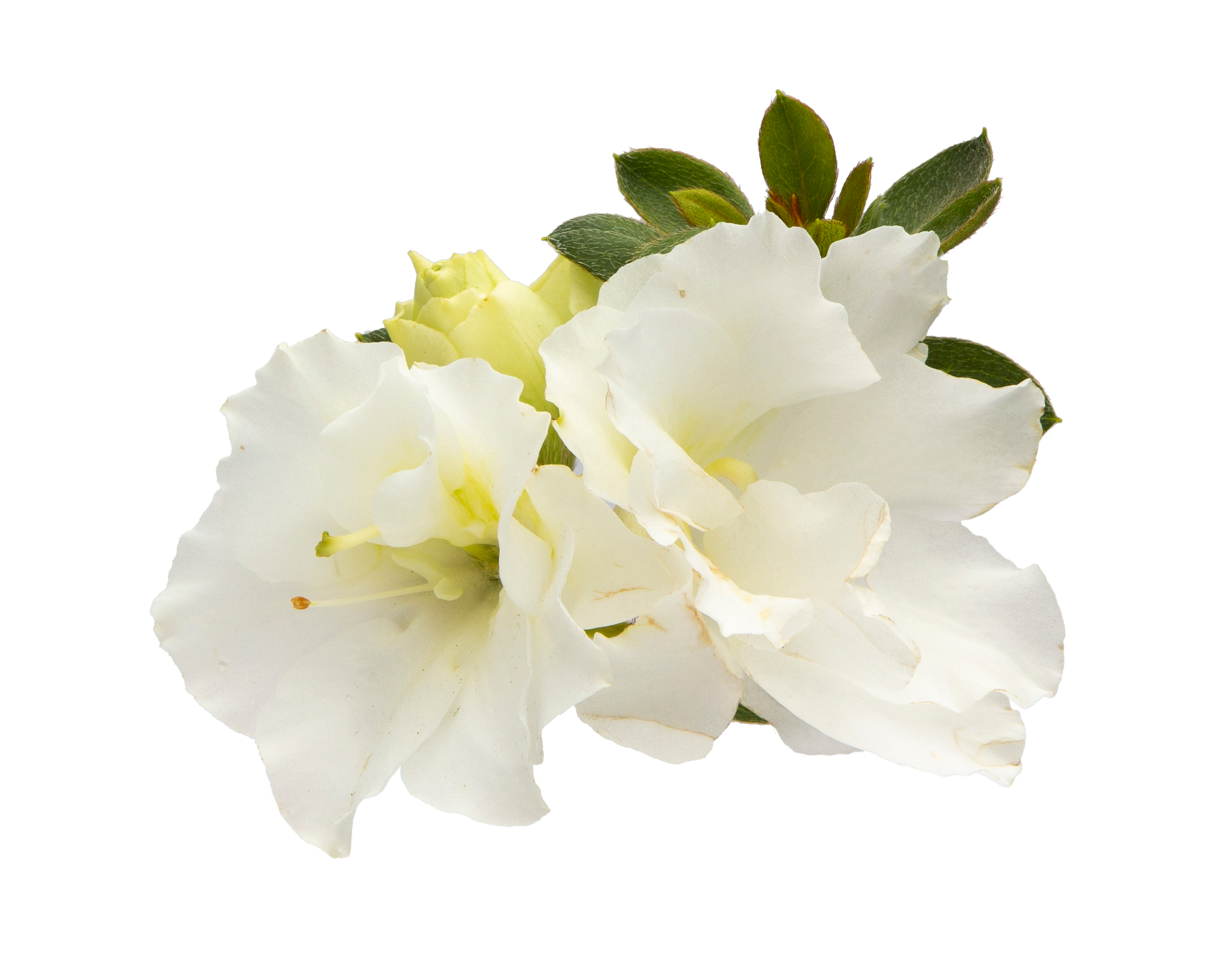
New Plant Varieties for the West Region
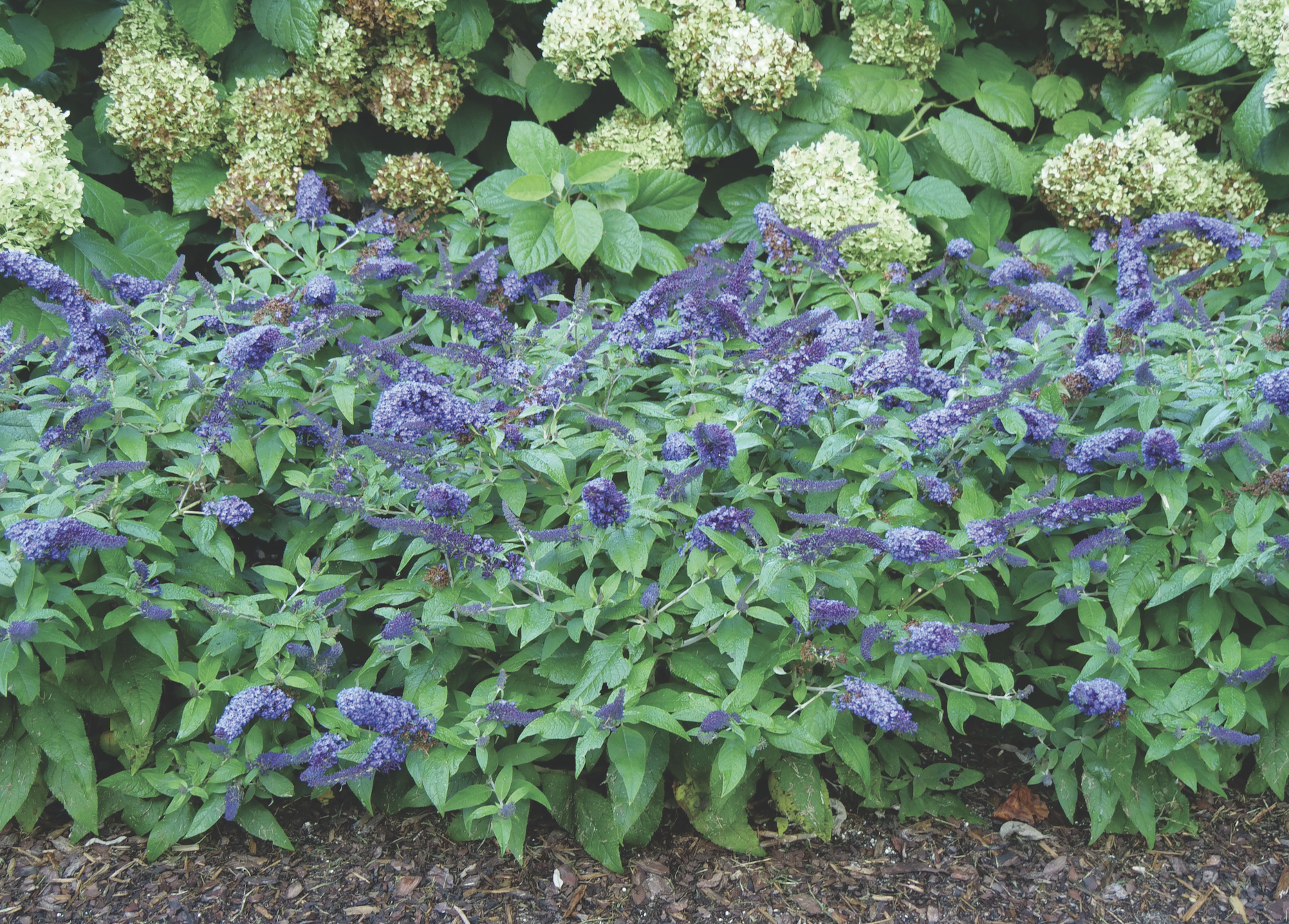
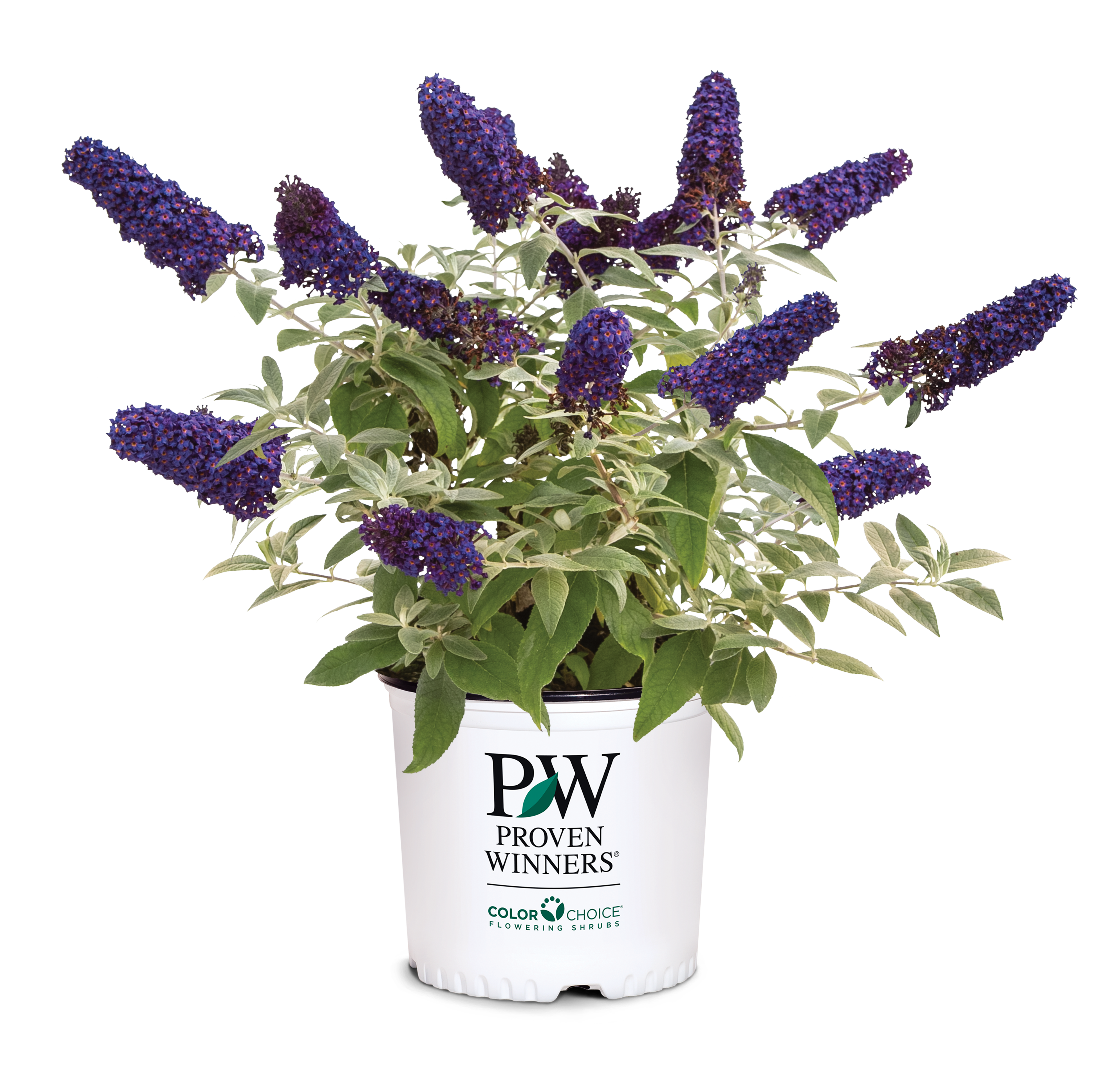
Buddleia Pugster Blue®
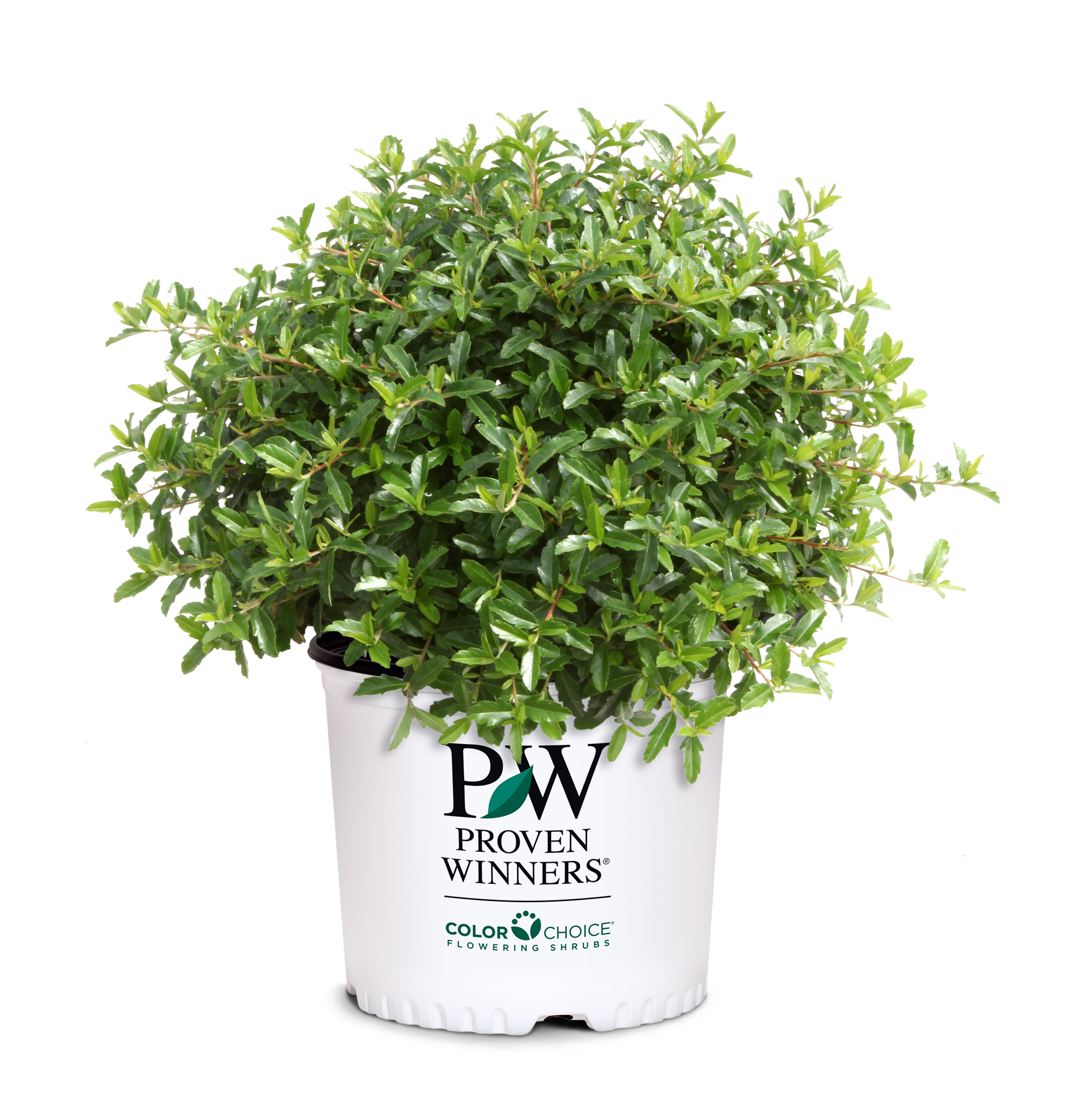
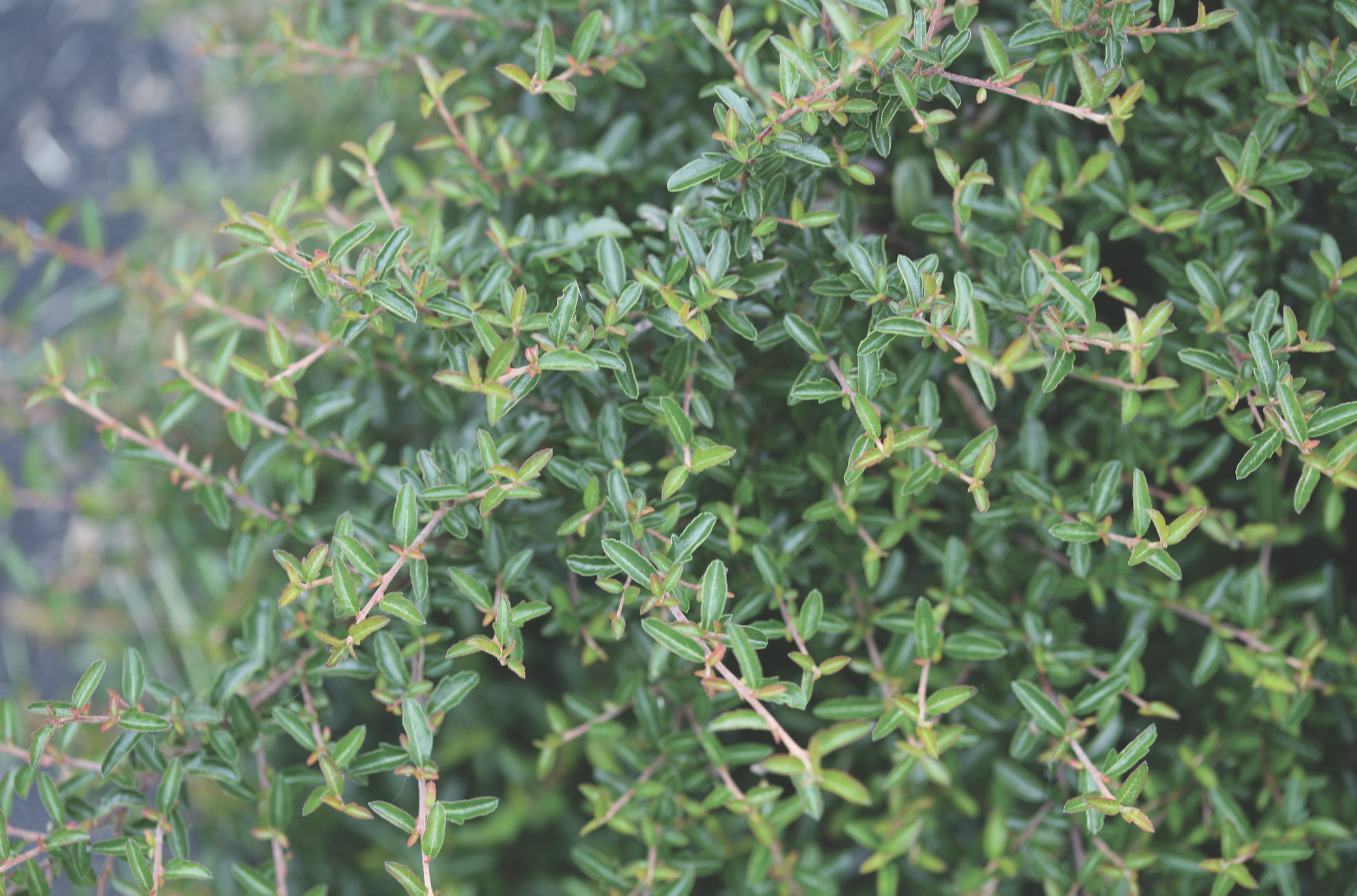
Pyracomeles Juke Box®
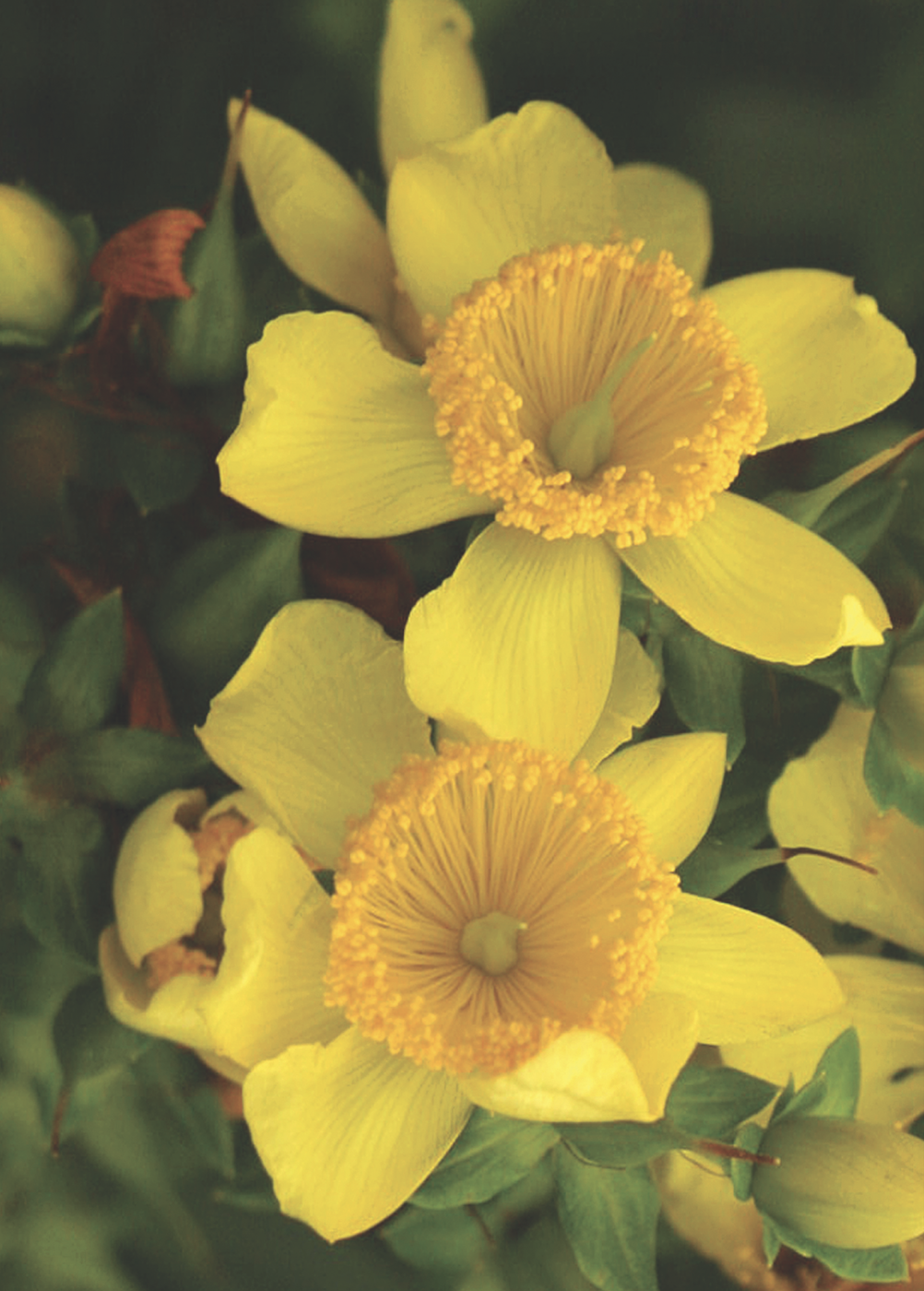
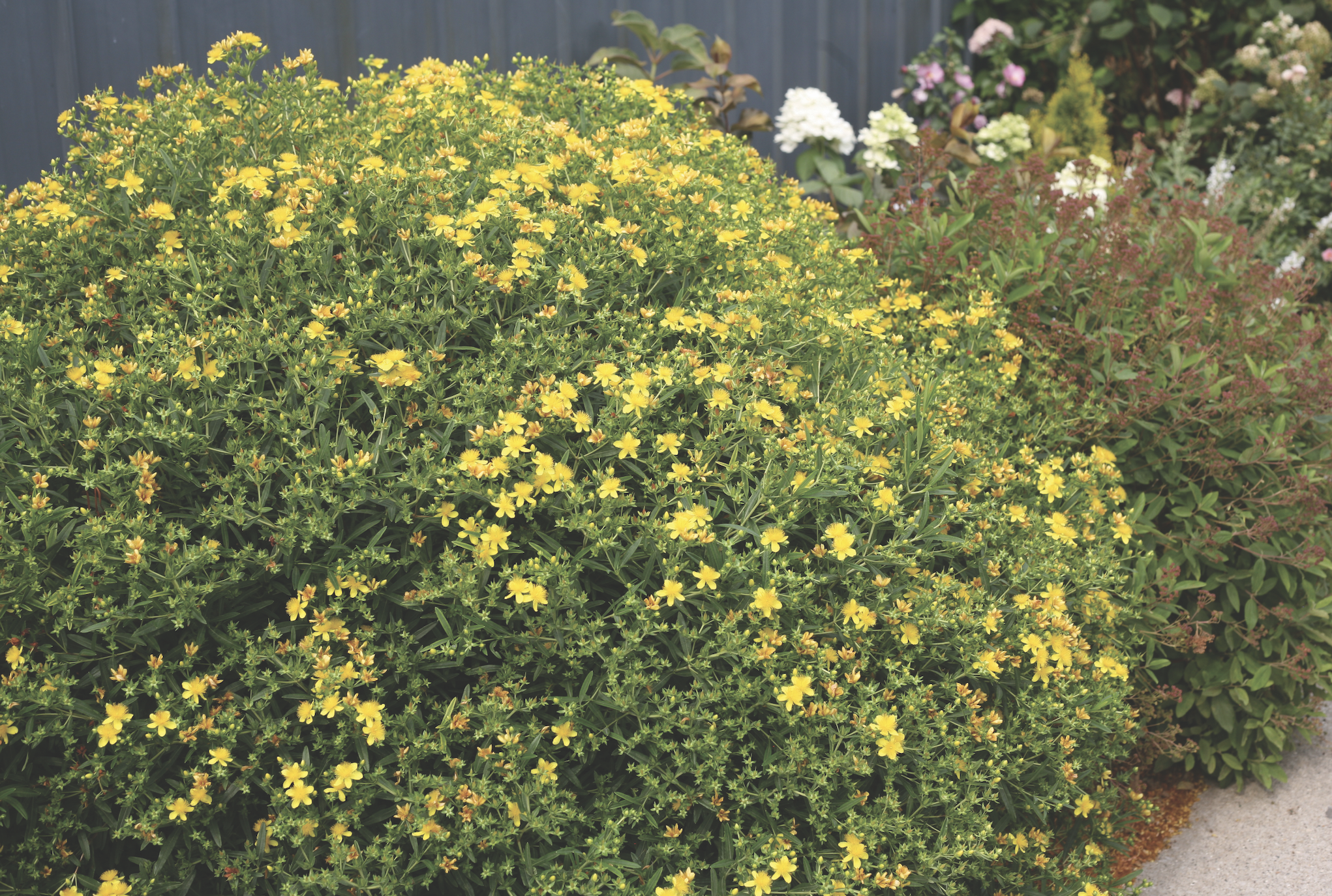
Hypericum Sunny Boulevard®
Jane Beggs-Joles
Landscape Program Manager for Spring Meadow Nursery Inc.
Email: jane@springmeadownursery.com
Phone: (616) 223–3369
springmeadownursery.com
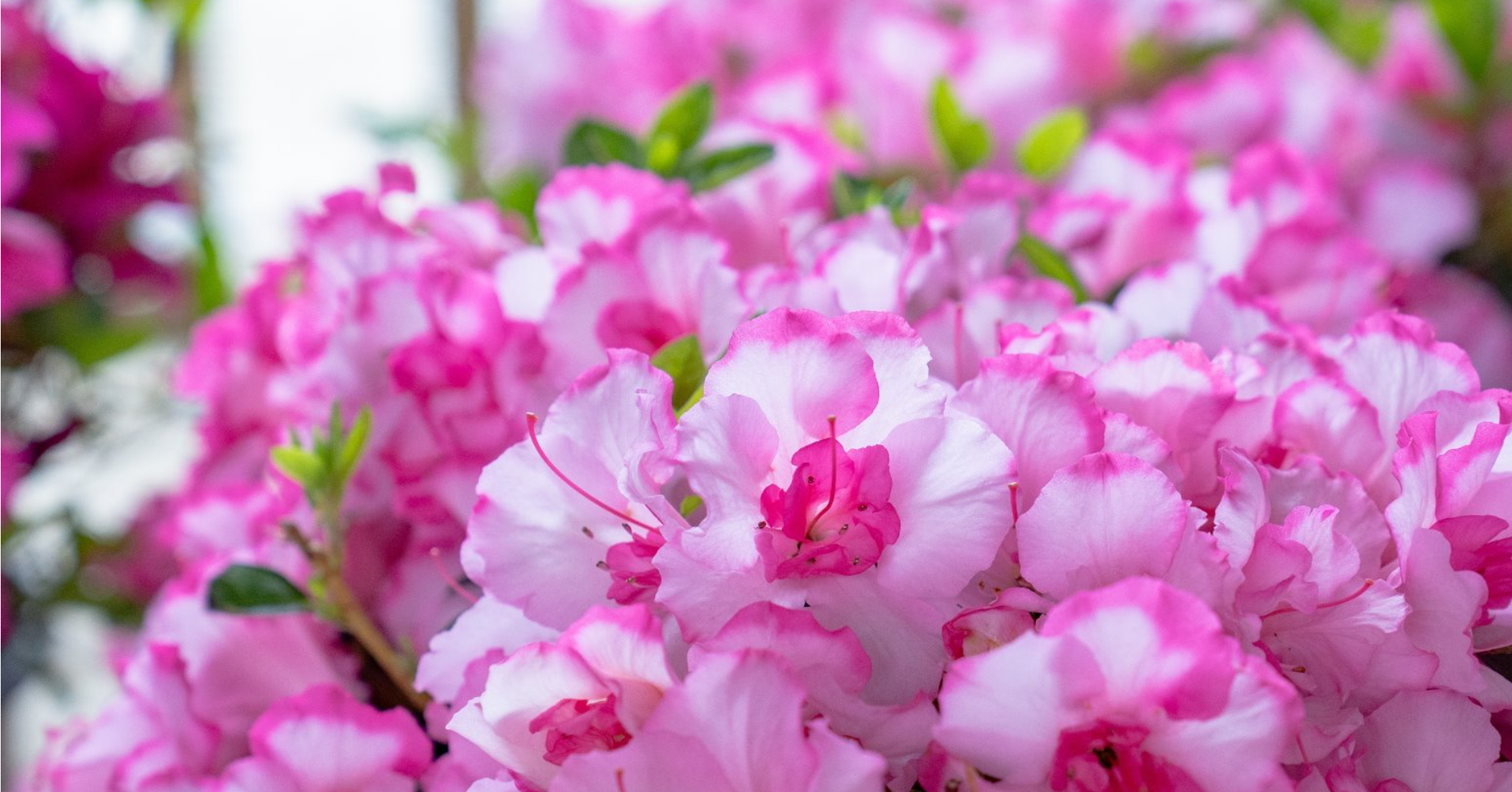
Compact, Colorful, and Now Award-Winning: Encore® Azalea Autumn Kiss® Receives Cultivate’25 Retailer’s Choice Award
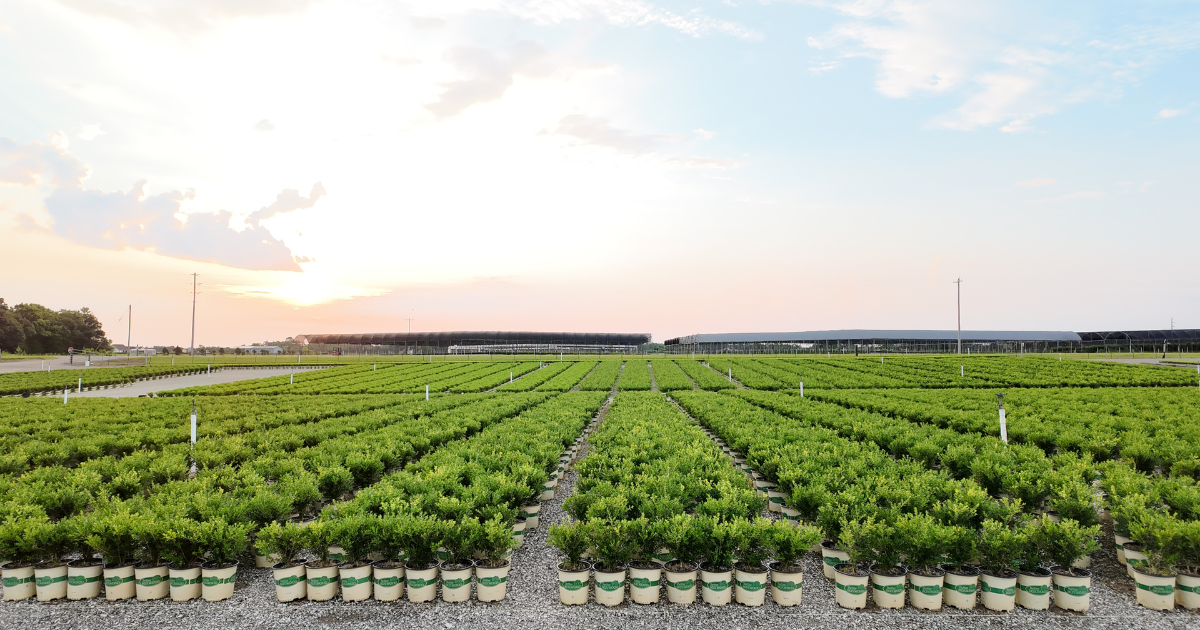
Plant Development Services Inc. Debuts Bold New Varieties & Deepens Grower Resources at Cultivate 2024 (Loxley, AL – July 2024)Plant Development...
.png)
Justin White and The JW Group launch The Disruptors: an educational and transformative mastermind community for the landscape industry